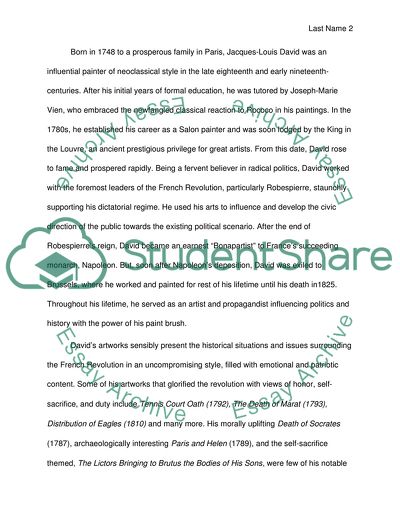Cite this document
(Analysis of The Oath of the Horatii Research Paper, n.d.)
Analysis of The Oath of the Horatii Research Paper. Retrieved from https://studentshare.org/culture/1863315-the-oath-of-the-horatii
Analysis of The Oath of the Horatii Research Paper. Retrieved from https://studentshare.org/culture/1863315-the-oath-of-the-horatii
(Analysis of The Oath of the Horatii Research Paper)
Analysis of The Oath of the Horatii Research Paper. https://studentshare.org/culture/1863315-the-oath-of-the-horatii.
Analysis of The Oath of the Horatii Research Paper. https://studentshare.org/culture/1863315-the-oath-of-the-horatii.
“Analysis of The Oath of the Horatii Research Paper”, n.d. https://studentshare.org/culture/1863315-the-oath-of-the-horatii.


